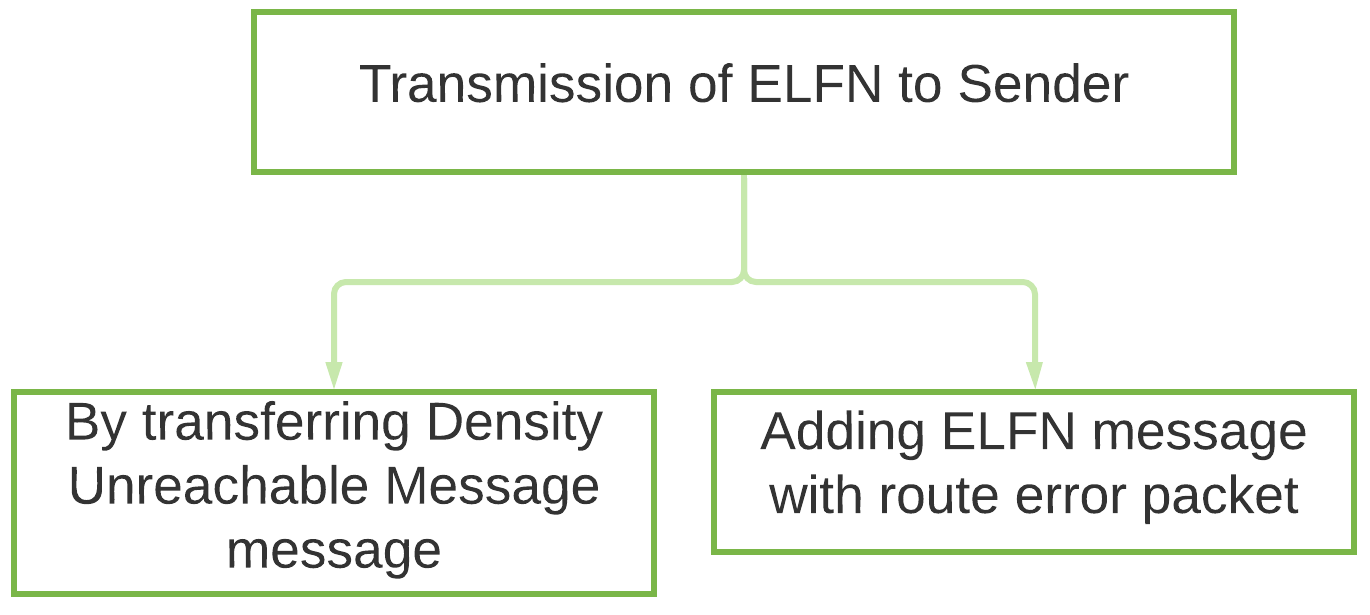TCP with explicit link failure notification (TCP-ELFN)
Last Updated :
13 Apr, 2023
TCP with Explicit Link Failure Notification (TCP-ELFN) is an end to end approach used in TCP Ad Hoc wireless networks to improve the performance by decoupling the path break information from congestion information. TCP-ELFN does not depend upon any routing protocols as it requires explicitly only the link failure notification when there is a path failure. Path failure may last longer when the network is temporarily partitioned and this may lead to the generation of periodic probe packets that consumes bandwidth and power, thus decreasing the performance and increasing the congestion in the network. When a new path is found in TCP-ELFN, the congestion window may not reflect the achievable transmission rate as desired in the network topology and the TCP receiver. TCP-ELFN handles the explicit link failure notifications and uses TCP probe packets for finding path reestablishment in the network. ELFN packets are generated by the node who detects the path break.  When the sender using TCP-ELFN, receives the ELFN packet, the following actions are performed by the sender:
When the sender using TCP-ELFN, receives the ELFN packet, the following actions are performed by the sender:
- Recovery Time Objective (RTO) is disabled by the sender and enters a standby state.
- Periodic identification for new route is done by sender. The sender generates probe packets periodically for this purpose.
- If the sender receives the Acknowledgement (ack message) of probe packet and the new path information, Recovery Time Objective (RTO) is enabled and the standby state is terminated.
- TCP congestion window size is reduced to half its size.
- The sender also sets a new congestion threshold based on the new network path information. This is done to prevent the network from becoming congested again due to aggressive sending by the sender.
- The sender retransmits any unacknowledged data that was sent on the old network path, using the new path information. This ensures that all data is delivered to the receiver and that the connection is not lost.
- The sender may also adjust the TCP parameters, such as the Maximum Segment Size (MSS), to optimize performance on the new network path.
- The sender may also perform a route optimization procedure, such as Fast Re-Route (FRR), to minimize the impact of the network change on the ongoing data transfer.
- The sender may inform the application layer about the network change, so that the application can adjust its behavior accordingly. For example, a video streaming application may reduce the video quality to adapt to the lower bandwidth of the new network path.

Like Article
Suggest improvement
Share your thoughts in the comments
Please Login to comment...